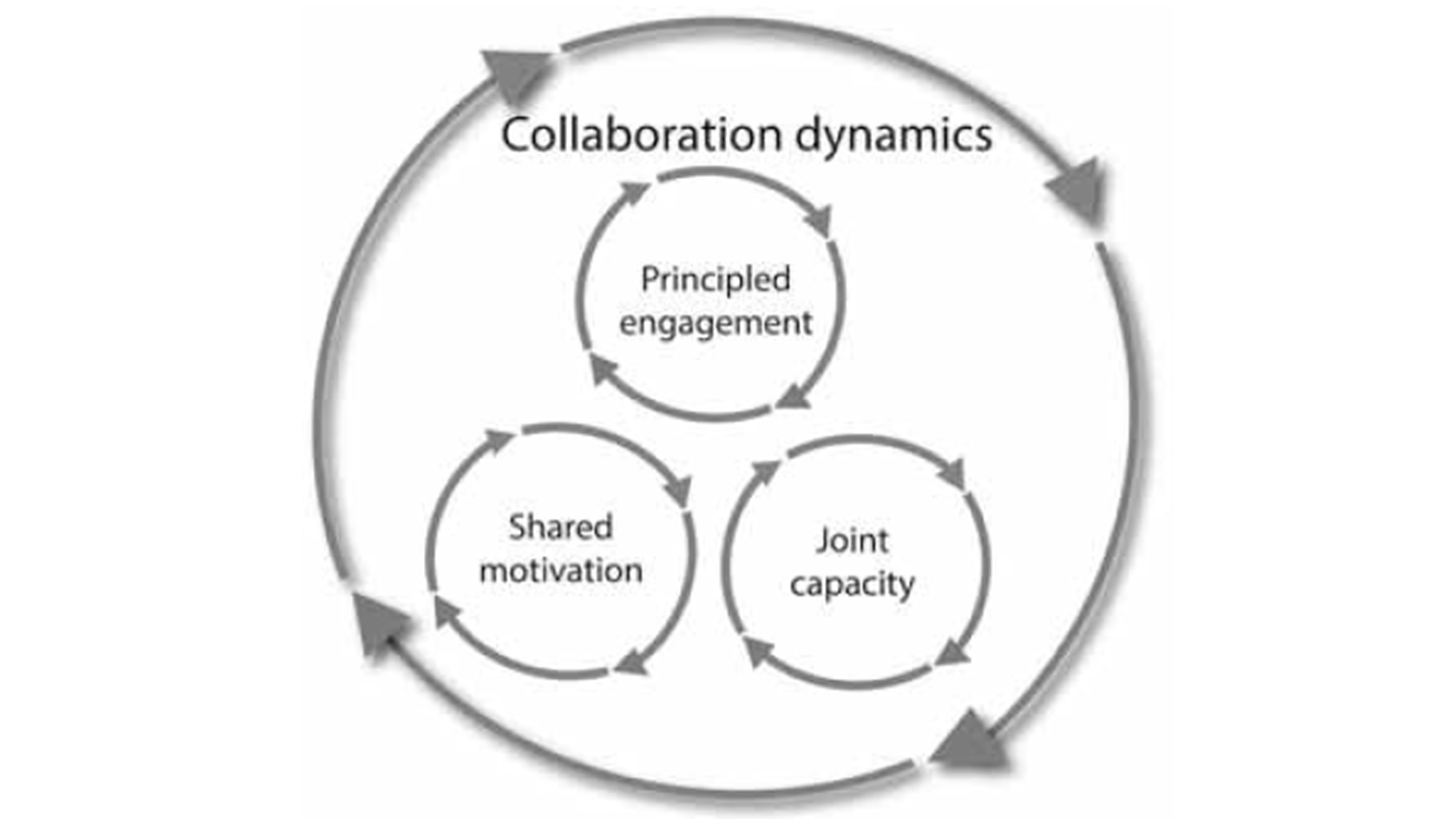Home » Session 3: Collaboration Dynamics
Introduction to Collaborative Governance
Session 3: Collaboration Dynamics
After understanding the contextual factors and drivers of a CGR, it is time to move on to the collaboration dynamics, a stage of cyclical and iterative interactions among policy actors (Ansell & Gash, 2008; Thomson & Perry, 2006). Emerson and Nabatchi (2015) suggested that three interacting components of collaboration dynamics – principled engagement, shared motivation, and capacity for joint action – operate interactively to reinforce one another.

Contents:
Continue to “Session 4: Actions and Outcomes”
© 2022 Centre for Civil Society and Governance at The University of Hong Kong
Except where otherwise noted, contents of this e-study is licensed under a Creative Commons Attribution-NonCommercial-ShareAlike 4.0 License.
![]()


